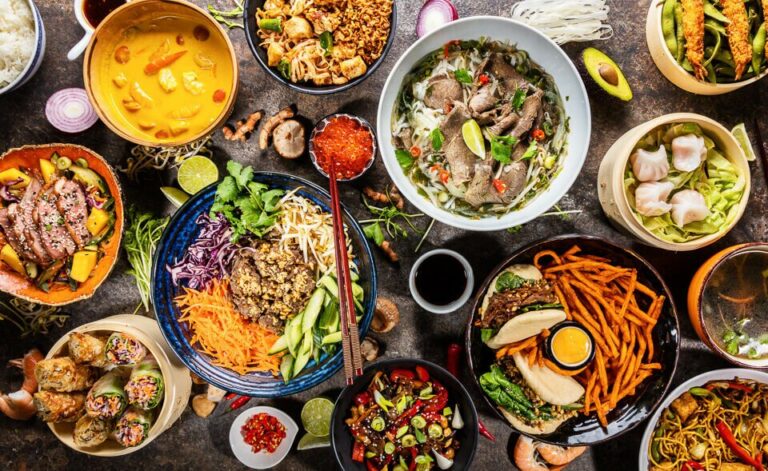Introduction: Holy See cuisine
The Holy See, also known as the Vatican City State, is a sovereign city-state that is located within the city of Rome, Italy. It is the smallest independent state in the world, and is the spiritual and administrative center of the Roman Catholic Church. Holy See cuisine is characterized by its rich history and tradition, with a focus on using fresh, high-quality ingredients and traditional cooking methods.
History and tradition of Holy See food
Holy See cuisine has a long and rich history that is deeply rooted in Italian culinary traditions. Many of the dishes that are enjoyed in the Vatican today have been passed down through generations of Italian families, and are made with the same care and attention to detail that they were hundreds of years ago. The cuisine of the Holy See is also heavily influenced by the Church, with many dishes being served on religious holidays and feast days.
Common ingredients used in Holy See dishes
The ingredients used in Holy See dishes are simple, yet flavorful. Fresh vegetables, such as tomatoes, eggplant, and zucchini, are staples of the cuisine, as are high-quality meats, such as lamb and pork. Olive oil is also a common ingredient, and is used in many dishes to add flavor and moisture. Other common ingredients include garlic, herbs, and spices, which are used to enhance the natural flavors of the food.
Religious significance of certain meals
Many of the meals served in the Holy See have religious significance, and are often served on feast days or other religious holidays. One such dish is casatiello, a savory bread made with cheese, eggs, and cured meats, which is traditionally served on Easter Sunday. Another dish with religious significance is cappelletti in brodo, a soup made with meat-filled pasta, which is served on Christmas Eve.
Typical breakfast, lunch, and dinner dishes
A typical breakfast in the Holy See might include freshly baked bread, cheese, cured meats, and a strong cup of coffee. For lunch, a simple pasta dish or salad might be served, while dinner might include roasted meats or fish, along with seasonal vegetables and a glass of Italian wine. Desserts might include traditional Italian treats, such as tiramisu or panna cotta.
Special occasions and feasts in Holy See cuisine
In addition to the religious feasts and holidays, there are also many special occasions and feasts that are celebrated in the Holy See. One such feast is the Feast of Saints Peter and Paul, which is celebrated on June 29th. The traditional dish served on this day is spaghetti alle vongole, a pasta dish made with clams and garlic. Another special occasion in the Holy See is the Feast of the Immaculate Conception, which is celebrated on December 8th. On this day, many families enjoy panettone, a sweet bread that is traditionally served during the Christmas season.

